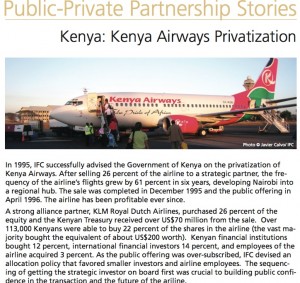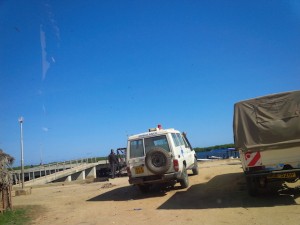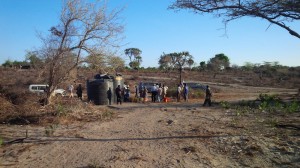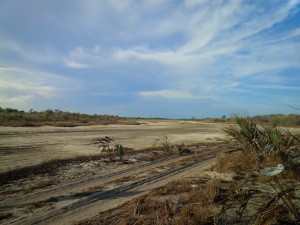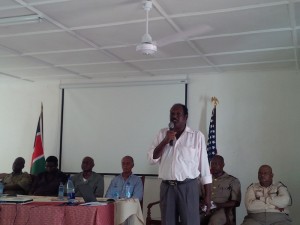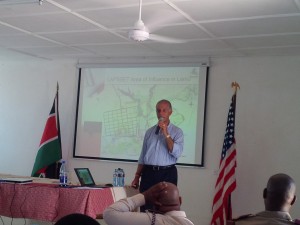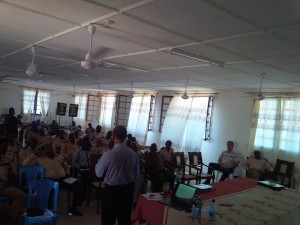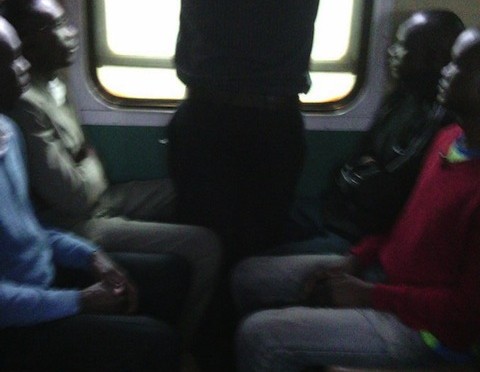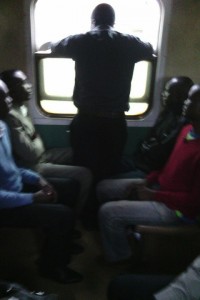The IFC-led privatization of Kenya Airways (KQ) in which KLM became a strategic partner, and shareholder, in the airline, purchasing 26% of the Kenya government’s shares in the airline for US$26 million, and after which the shares of the company were listed in an IPO, was celebrated as one of the most significant privatization deals for a decade, until Kengen and Safaricom.
But that’s all in question with the recent loss announced by Kenya Airways with quite a bit of blame being directed at KLM for the position in which the KQ finds itself in. What does this entail?
A master cooperation agreement and shareholders agreement were signed between KLM and KQ in 1995, and a codeshare agreement and joint venture agreement followed in 1997.
KLM has seats on the board of Kenya Airways and some of the tenets of master cooperation agreement give any KLM director veto power over KQ decisions on:
- The appointment or dismissal of the Managing Director or Finance Director of KQ
- The acquisition or disposal of any aircraft and any other variation in the size and composition of KQ’s fleet. (KQ’s 2012 rights issue IM notes that following the approval of a 10 year business plan in July 2011, KQ’s management embarked on implementing the strategic initiatives for the first five-year period. In particular, the Business Plan envisaged that KQ will acquire 46 aircraft over the period to March 2016.)
- The allotment and issue of any shares
- Entering into of any co-operation agreement with an airline that is a major competitor of KLM.
- Material alteration KQ’s existing route network or material increase or reduction in the capacity on its routes
- Material commitment or expenditure on sales and marketing or distribution of KQ’s products and services
- Any sale of shares by the Government of Kenya to a major international airline.
Other notes from the IM and media
Global ticketing: In 2010, Kenya Airways became a full global airline partner of the SkyTeam global airline alliance, alongside KLM, having been an associate partner since 2007. KQ is currently the only SkyTeam member with significant operations in Africa. With 14 SkyTeam member airlines, KQ’s passengers can take up to approximately 14,000 daily flights to 926 destinations in 173 countries. (So KLM helped KQ join? Will a break from KLM mean a break from Skyteam?).
Freight: In support of KQ’s expansion into freighter operations through the launch of a dedicated freighter business, the Board of Directors approved the acquisition of 12 freighter aircraft. In February 2012, KQ introduced its first dedicated cargo aircraft, a Boeing 747-400F, to be operated in association with KLM and which was expected to fly twice weekly between Guangzhou, Nairobi and Lagos.
Passengers: This translated article hails Kenya Airways as being a jewel in the crown of KLM: “The investment by KLM Kenya Airways is one that works out well for both parties. Both companies fly each day between Amsterdam and Nairobi which there is a double daily connection..collectively the route has about one million passengers transported per year..
The cooperation agreement was expanded in November 2013: ..the collaboration was extended with the new routes London-Nairobi, Amsterdam-Entebbe / Kigali, Amsterdam-Lusaka-Harare and Amsterdam, and the Amsterdam-Kilimanjaro / Dar es Salaam. Kenya Airways and KLM jointly total around 44 weekly flights with a total turnover of over US$500 million.
However, this week, the KQ CEO said that the “In the context of the revenues and the costs on the routes in the joint agreement venture which we share 50-50, over the last three years, the route has been loss making,” ..and he said the Dutch Airline had since paid them a settlement transaction.
EDIT (2018) From the KLM 2018 annual report to shareholders: Following a debt and equity restructuring of Kenya Airways Ltd., the Group’s stake decreased from 26.73% as at December 31, 2016 to 7.76% as at December 31, 2017 and the Group lost its ability to exercise significant influence on Kenya Airways in November 2017.
Consequently, Kenya Airways is not an associate anymore and has become a financial asset in 2017. Following the implementation of IFRS 9 as per January 1, 2018, Kenya Airways has been included at fair value through other comprehensive income. There have been no changes in the Group’s stake in Kenya Airways in 2018.
EDIT December 19 2020: Kenya Airways and Air France KLM Group have mutually agreed to terminate their Africa Europe Joint Venture Cooperation from September 2021 which had been suspended during 2020 over Covid-19.
Kenya Airways will continue to serve the Europe market through its gateways of London, Paris, Amsterdam with Rome slated for resumption from 2021. These routes will be served by onward codeshares from the Air France KLM group and additionally with our ever-expanding network of European carriers including Alitalia, British Airways, Lufthansa, and Swiss International Airlines amongst others.
